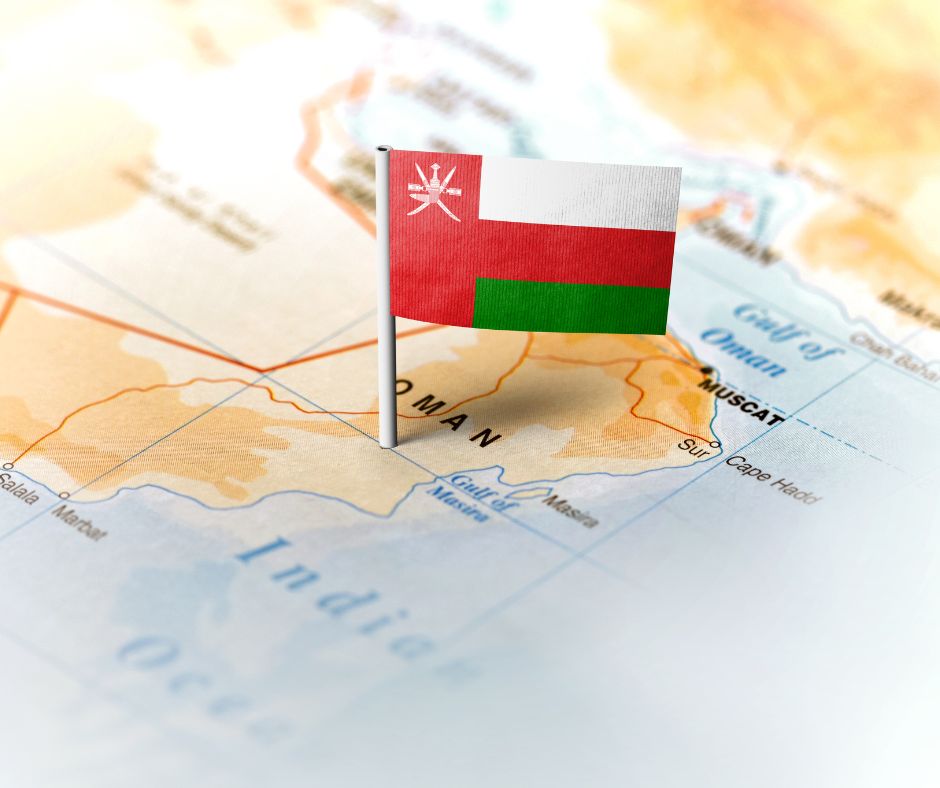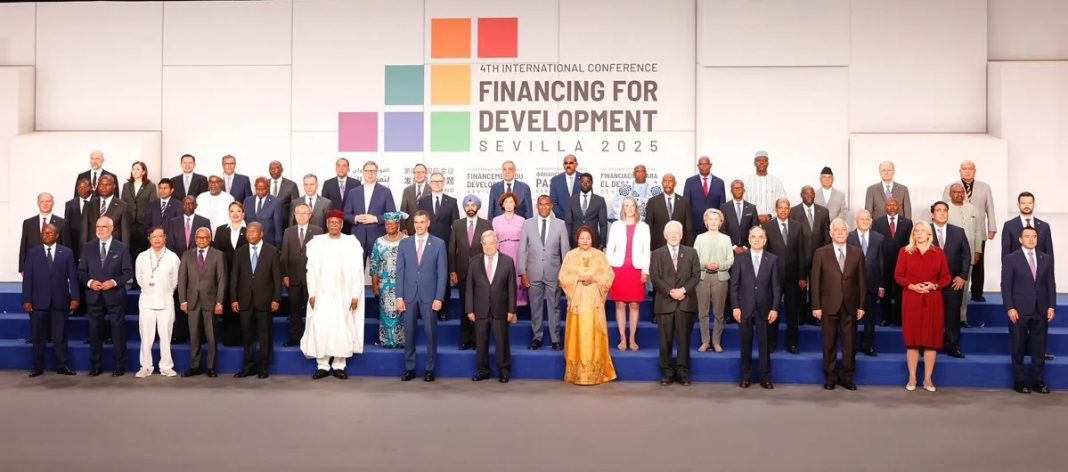Gabriel G. Tabarani
The fall of Bashar al-Assad, long considered an unmovable pillar of Middle Eastern autocracy, has ushered in an uncertain new chapter in Syria’s troubled history. While some celebrate the end of a dynasty blamed for decades of brutality, others, particularly Syria’s minorities, face a more ambivalent future. Chief among them are the Alawites—an enigmatic sect historically tied to Assad’s Ba’athist regime—who now find themselves exposed to retribution, political exclusion, and deep social uncertainty.
Often misunderstood, the Alawite community comprises roughly 10% of Syria’s population and has, since the 1960s, been closely intertwined with the levers of state power. Hafez al-Assad’s rise to power in 1970 and his son Bashar’s succession in 2000 solidified Alawite dominance over Syria’s military and intelligence institutions. Yet this dominance was neither as uniform nor as privileged as commonly assumed. Many Alawites remained poor, especially those in rural areas or urban slums, and the benefits of regime proximity were unevenly distributed by class, geography, and tribal affiliation.
Still, perceptions of Alawite privilege—often inflamed by regime propaganda and sectarian opposition rhetoric—contributed to the descent of the 2011 uprising into a full-scale civil war. Now, in the war’s aftermath and Assad’s exile, the risks for Alawites have multiplied. In regions like Latakia, once seen as bastions of regime support, massacres of Alawites by opposition militias underscore the volatility of Syria’s fragile transition.
Syria’s new transitional government, dominated by former Islamist rebels from the defunct Hay’at Tahrir al-Sham (HTS), has pledged inclusion and reform. Yet early moves—such as purging alleged Assad loyalists from state institutions and delaying elections—suggest a model more autocratic than democratic. Worse still, the patchwork security apparatus now governing Syria is unable to prevent local Islamic militias and foreign actors from exacting violence on minority communities.
In this dual transition from autocracy and war, the risks to minorities are twofold: insecurity and polarization. The collapse of centralized power has left many Alawites, particularly those embedded in state institutions like the military and public service, without protection or income. Meanwhile, revenge killings and property seizures are eroding trust in the new regime’s commitment to equal citizenship.
Historically, when minority groups are associated with outgoing regimes—whether Tutsis in Rwanda or Tigrayans in Ethiopia—they become convenient scapegoats. Syria seems poised to follow that pattern. Even though Alawites are far from monolithic in their political views or socioeconomic status, the narrative of collective guilt has taken root among segments of the Sunni majority. This is exacerbated by deep wartime grievances on all sides and amplified by the lingering presence of sectarian and foreign fighters.
But Syria’s future need not be trapped by its past. Despite the brutal legacy of the Assad regime, the post-Assad era offers a chance to build a new, inclusive national identity—one that recognizes Syria’s pluralism and protects minorities, not punishes them. There are historical and even recent precedents for such coexistence: during the early years of the uprising, protests drew Alawites and Sunnis alike, and during the war, Alawite-majority regions sheltered hundreds of thousands of displaced Sunnis.
Moreover, Alawite religious doctrine itself holds surprisingly progressive views on pluralism and democracy. Their theology affirms that God intended religious diversity, and many Alawites view democracy as essential for securing their place in a majority-Sunni society. In this respect, the fall of Assad—who instrumentalized sectarian fear for political survival—may ultimately offer Alawites a greater chance at true integration.
That integration, however, requires a government willing to foster pluralism, not simply exploit divisions. The early warning signs are troubling. The forming of a government dominated by hardline Islamists, exclusionary drafting of the interim constitution, selective justice against Assad loyalists, and reliance on foreign militias suggest that the new regime is replicating, not replacing, the authoritarianism it fought to overthrow.
To chart a different course, Syria’s transitional government must do several things. First, it must genuinely protect minorities—starting with holding accountable those who perpetrate reprisals against them. Second, it must accelerate disarmament and demobilization of all militias, including those tied to its own leadership, to prevent the recurrence of sectarian violence. Third, it must broaden political participation, allowing communities like the Alawites to see themselves not as remnants of a disgraced regime, but as stakeholders in a new Syria.
None of this will be easy. The trauma of war, the collapse of institutions, and deep intercommunal distrust will take years to overcome. But the success of Syria’s transition depends less on which strongman rules in Damascus than on whether the country can build a just, inclusive, and secure society for all its people.
The story of Syria’s Alawites—misunderstood, maligned, and now deeply vulnerable—should serve as a litmus test for that future. If they are scapegoated, Syria risks trading one form of tyranny for another. If they are protected, it will be a sign that the country is finally emerging from its long night of sectarianism and war.
This article was originally published in Arabic on the Asswak Al-Arab website


